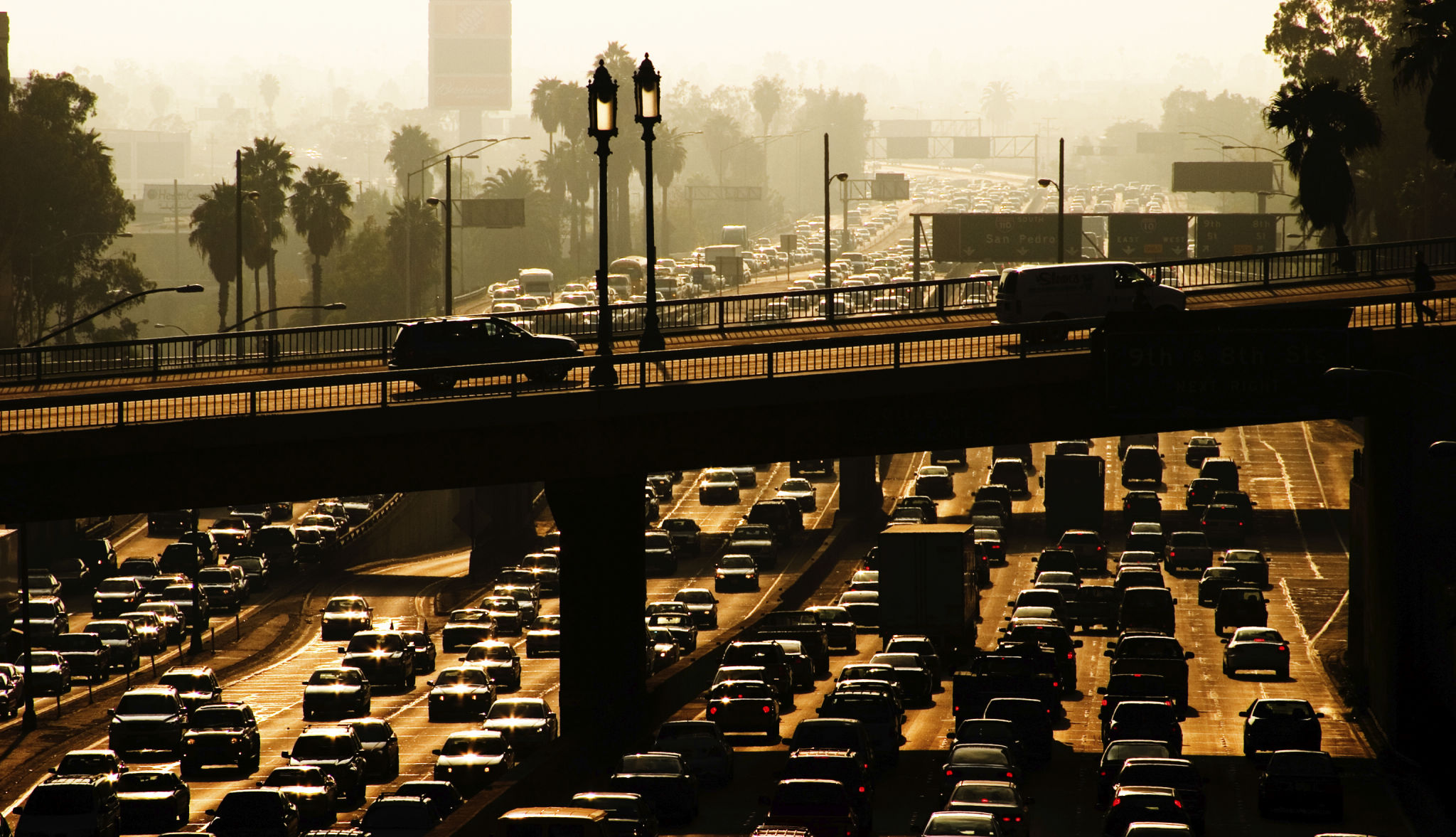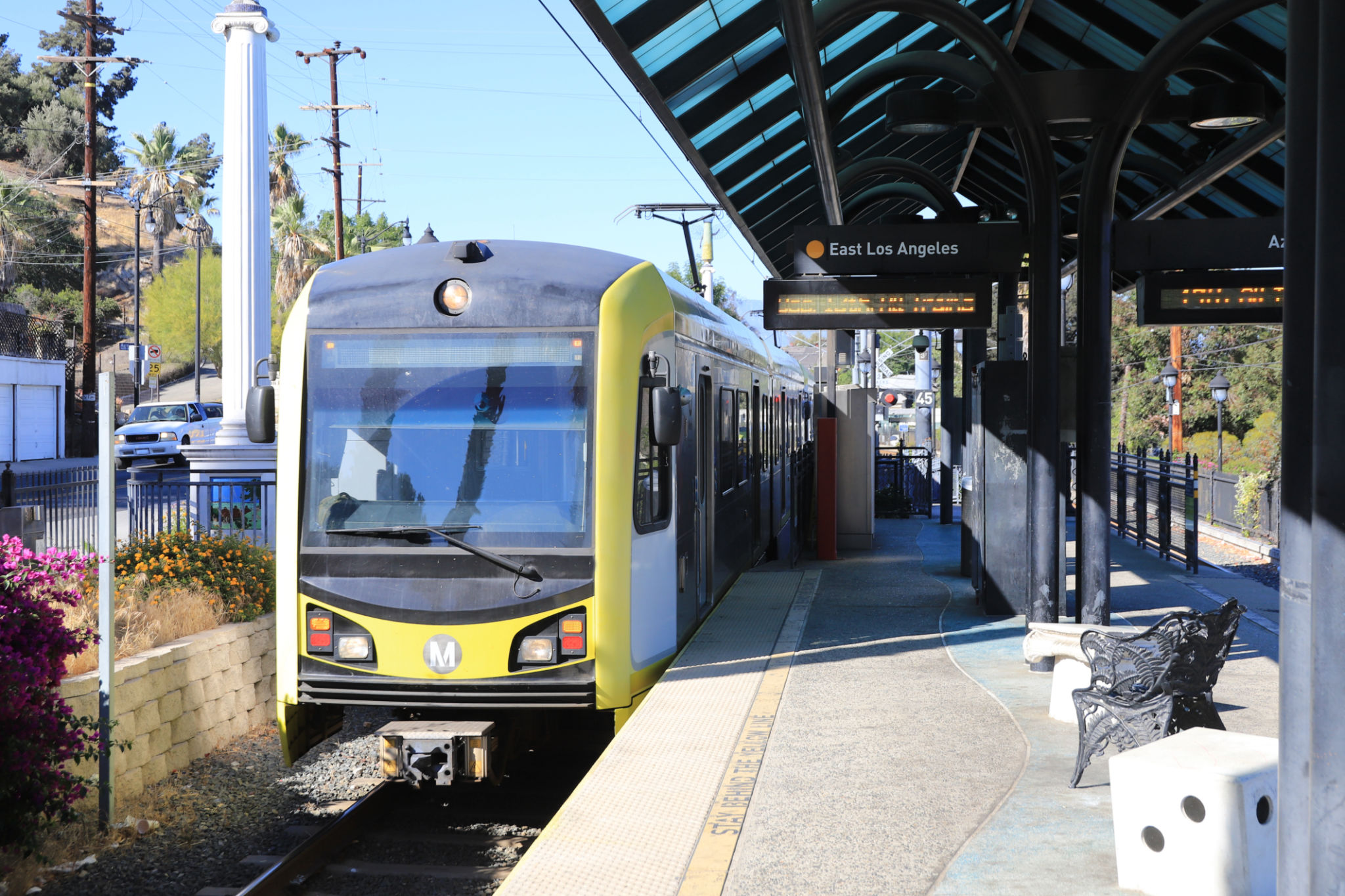A Comprehensive Look at LA's Local Transportation Regulations
Understanding Los Angeles' Local Transportation Regulations
Los Angeles is known for its sprawling urban landscape and notorious traffic congestion. To navigate this complex transportation network, it's crucial to understand the local regulations that govern the city’s roads. These rules are designed to improve safety, reduce congestion, and promote sustainable transportation options.
The city of Los Angeles has been proactive in implementing transportation policies that address both current needs and future growth. From driving regulations to public transit guidelines, these rules are essential for residents and visitors alike. Let's delve into the key aspects of LA's transportation regulations and what they mean for you.

Driving Regulations
Driving in Los Angeles requires adherence to specific local laws designed to enhance road safety. One of the most important regulations is the enforcement of speed limits, which are strictly monitored by traffic cameras and police patrols. Speed limits vary depending on the area, with lower limits in residential neighborhoods and school zones.
Another key aspect of LA's driving regulations is the requirement for all vehicles to comply with emission standards. The city has been at the forefront of environmental sustainability, and this includes rigorous checks on vehicle emissions to reduce air pollution. Drivers must ensure their vehicles pass regular smog checks to remain compliant.

Public Transportation Guidelines
Public transportation in Los Angeles is governed by a set of guidelines aimed at ensuring efficiency and accessibility. The Los Angeles County Metropolitan Transportation Authority (Metro) operates the extensive public transit network, which includes buses, light rail, and subways. Metro's policies focus on maintaining service reliability while enhancing user experience.
Riders are expected to adhere to conduct guidelines such as keeping noise levels down, not eating or drinking on buses and trains, and allowing priority seating for disabled or elderly passengers. Additionally, Metro is continuously working on expanding its network to connect more areas and reduce reliance on personal vehicles.

Bicycle and Scooter Regulations
As part of its commitment to sustainable transportation, Los Angeles has established clear regulations for bicycle and scooter use. Cyclists must ride with the flow of traffic and obey all traffic signals and signs. Helmets are mandatory for riders under the age of 18.
Electric scooters have become increasingly popular in LA, prompting specific rules for their operation. Riders must be at least 16 years old, possess a valid driver's license or permit, and wear a helmet. Scooters should be ridden on the street rather than sidewalks, adhering to all applicable traffic laws.
Parking Regulations
Parking in Los Angeles can be a challenge due to high demand and limited space. The city has implemented various parking regulations to manage this issue effectively. Enforcement includes metered parking zones, residential permit areas, and time-restricted parking.
It's essential for drivers to pay attention to posted signs that indicate parking restrictions to avoid fines or towing. Additionally, the city offers mobile apps that help locate available parking spaces and allow users to pay remotely, making it easier to comply with these regulations.

Conclusion: Navigating LA's Transportation Landscape
Understanding Los Angeles' local transportation regulations is vital for anyone traveling within the city. Whether you're driving, using public transit, cycling, or finding a place to park, being informed about these rules will help you navigate LA's busy streets more effectively.
With ongoing efforts to improve infrastructure and promote eco-friendly transportation options, Los Angeles is working towards a more sustainable future. By staying informed about local regulations, you can contribute to these goals while enjoying all that the city has to offer.